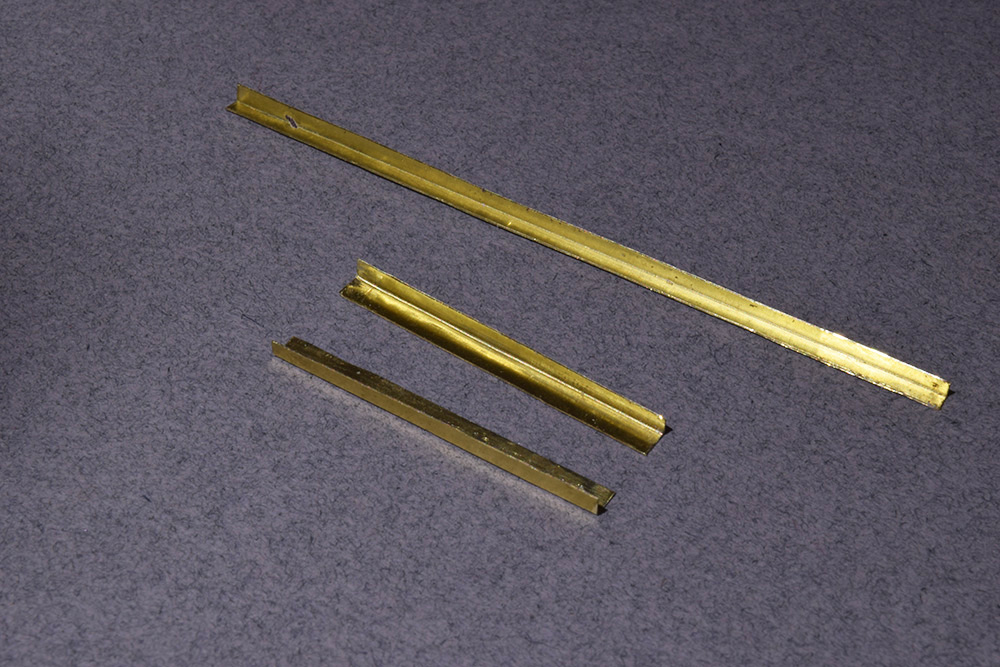In his book, The Path Of Least Resistance, author Robert Fritz suggests there are three main stages to most creative works. They are germination, or the beginning, where you are full of energy and excitement about the new project. Assimilation is that long slog in the middle, where you learn about the work itself. Lastly there is completion, where you have the end result you’re looking for. This post is about the middle stage of assimilation.
Assimilation is the stage everyone has to go through but few enjoy. It’s the stage where people start looking for any and all shortcuts to avoid doing the work required for an outstanding model.
This is where the initial excitement and energy from doing something new runs out as people discover what the work actually entails. It’s also where your ability (or lack of it) meets reality. It’s the point where many people quit or go looking for a different distraction.
I’ve been in this stage for a couple of months with the hopper car. Here’s what I’m learning.
Frustration Is Temporary
I’ve had a number of setbacks with this project. For the scratch built versions, I made seven or eight different shells and each one had a fatal error that made going forward a waste of time. Even with the Lionel car, I’ve had to redo a few things that I made a mess of. Yes, it’s frustrating and discouraging to start over so many times, yet that is what the project requires to have the final result I want.
Learn What You Need To Learn
In starting over so many times, I learned that my skills aren’t as good as I want to believe. The critical lesson is to deal with reality rather than ignore it by lowering my standards or looking for a shortcut to compensate for the lack of ability. Some might argue that using the commercial car is a compensating shortcut. Perhaps it is, however, I see it as a step that gives me room to work on the basic skills that serve as a foundation for more advanced work. In other words, I’m not yet ready for building the complex shapes of a covered hopper.
Reality showed me I need more practice to refine my workmanship. Many of the mistakes I repeatedly make come from not paying attention to the work or from my terminal impatience and desire to rush things. With each attempt, I am more aware of both tendencies and what I need to overcome them.

Made from 0.005″ brass sheet, these angles will form the bottom of each end cage on the car. The short ones are 3×5 scale inches and the longer one is 3×3 inches. Bending consistent shapes out of sheet material was frustrating until I learned what I needed to learn for a successful result.
Learning how to make accurate parts from scratch is a fundamental skill that gives you the freedom to model what you want to the standard of your choice.
Stretch And Consolidate
It may seem as if I’m stuck in a rut, doing the same thing over and over. What’s actually happening is that I’m internalizing the skills and understanding I need to move forward. Through a series of trial and error, this phase is one of stretching beyond your comfort zone and then consolidating the gains. It’s how you teach yourself about the techniques and materials that will work best for you. It’s also how you grow as a modeler.
Understanding reality eliminates the emotional drama we often inflict on ourselves. You’re not stupid or a klutz, or incapable of doing such work. You simply need to know where you are and what you have to learn to get the results you want.
In the arts you learn to make distinctions in judgment between things. I draw a distinction between this car as an individual model that can stand on its own merits and model railroading, as most understand it, where such a car is merely one part of something else. I see them as two different pursuits, each having different goals.
Regards,
Mike
A strategy that I find helps through the long slog (and I am always slogging!) is that I don’t think of it as one model, but a bunch of small models. I am not making a locomotive, but a water hatch.
Sometimes it works, and sometimes I know I’m making a locomotive.
Hi Rene,
I often treat projects in just that way. It’s helpful for maintaining enthusiasm and quality.
Mike
Nice post, Mike. Thanks for having the courage to post your struggles and your thoughts about the process we go through when we deal with results that fall below expectations. Falling short is waaaayyyyy more common than succeeding on our first attempt.
Dan Placzek
Thanks Dan. I’m glad you found it helpful.
Mike